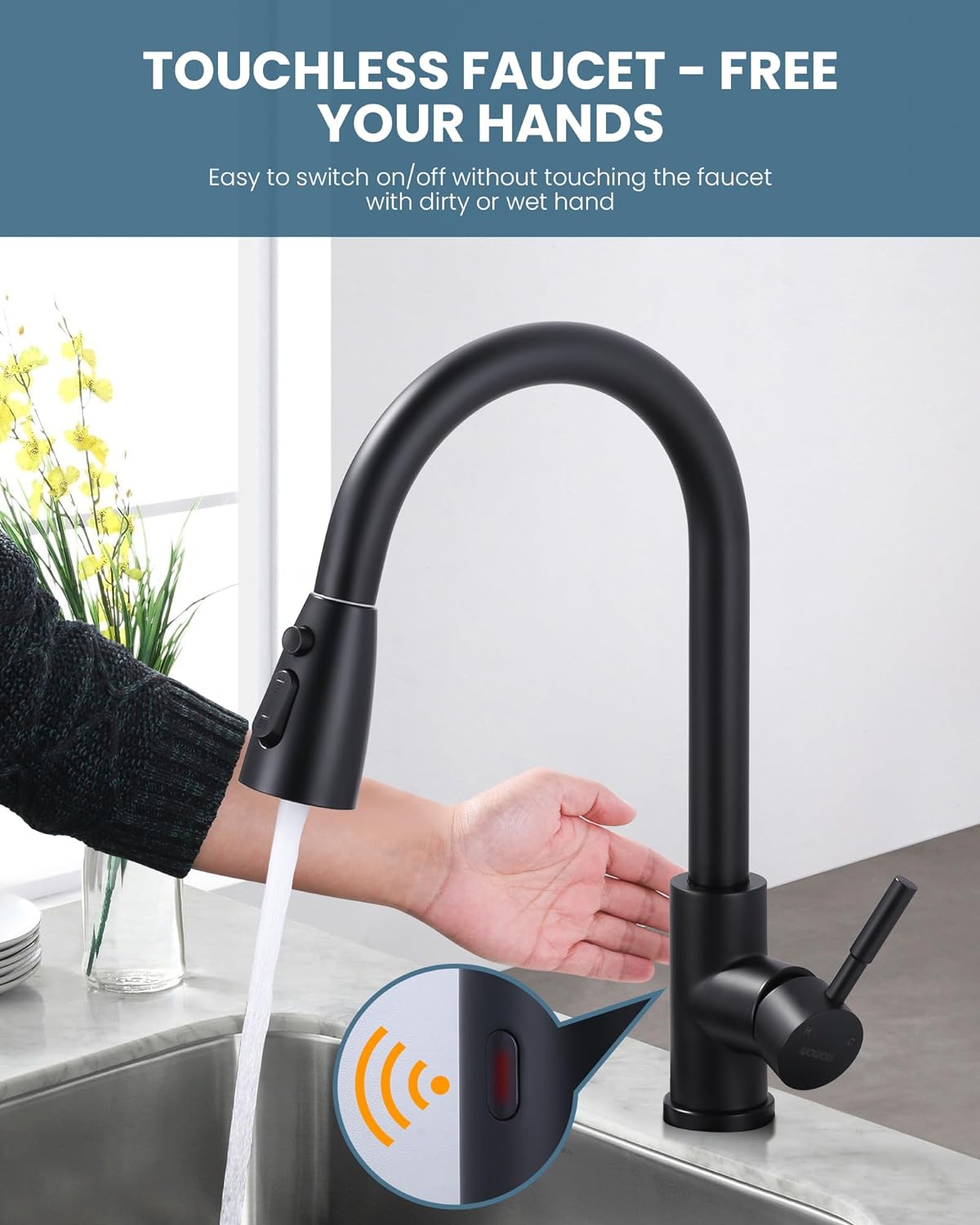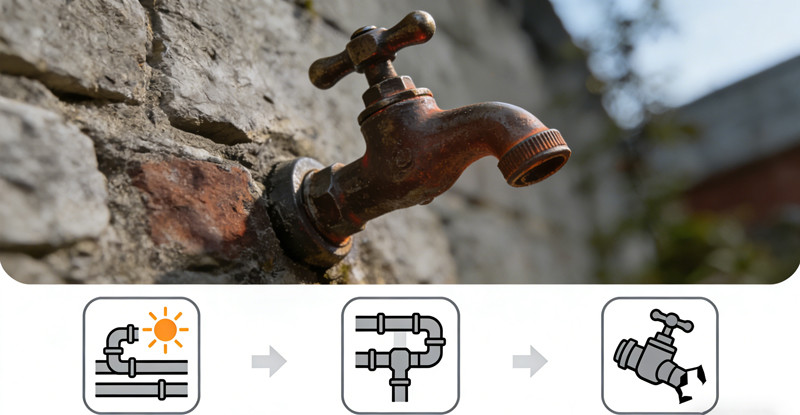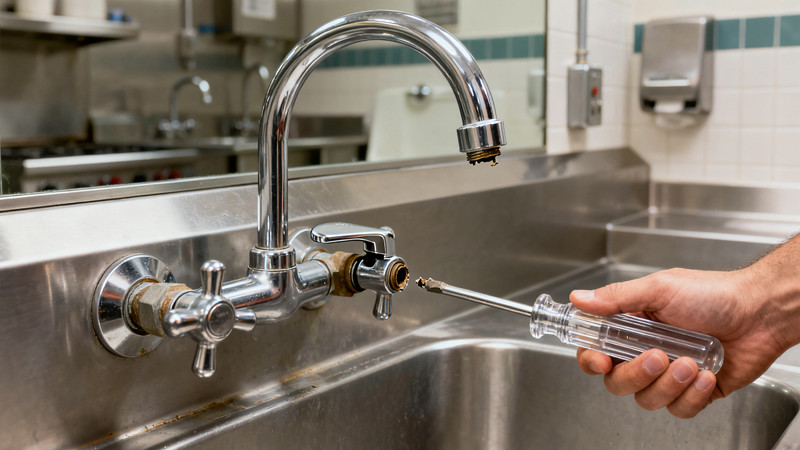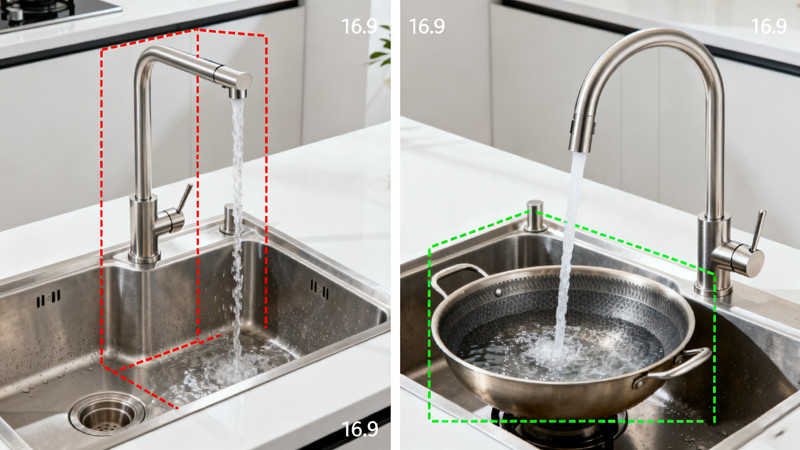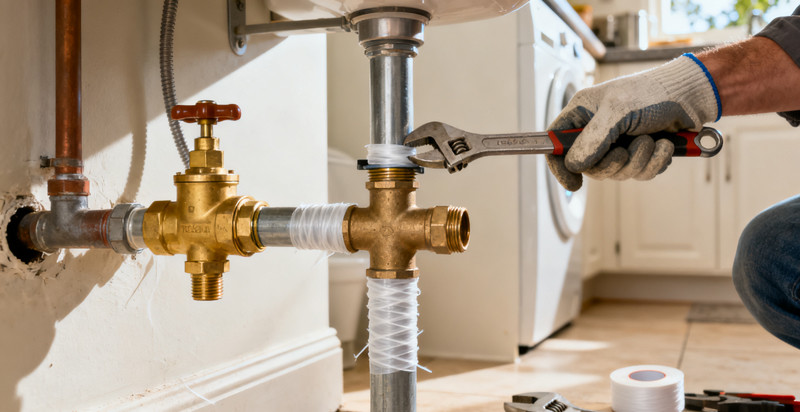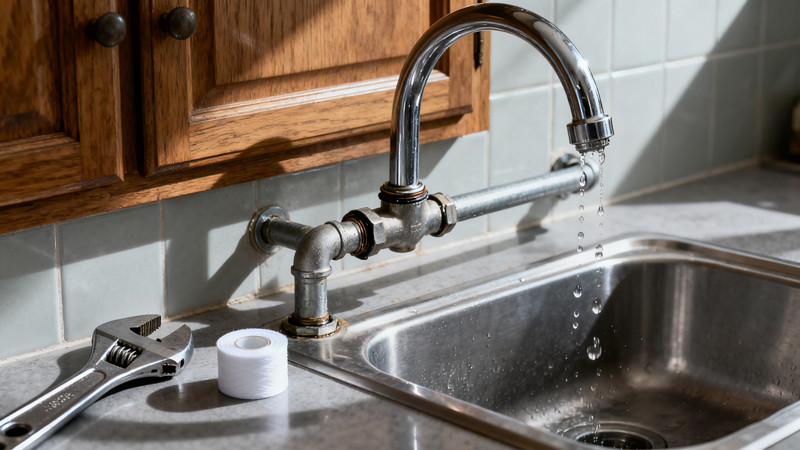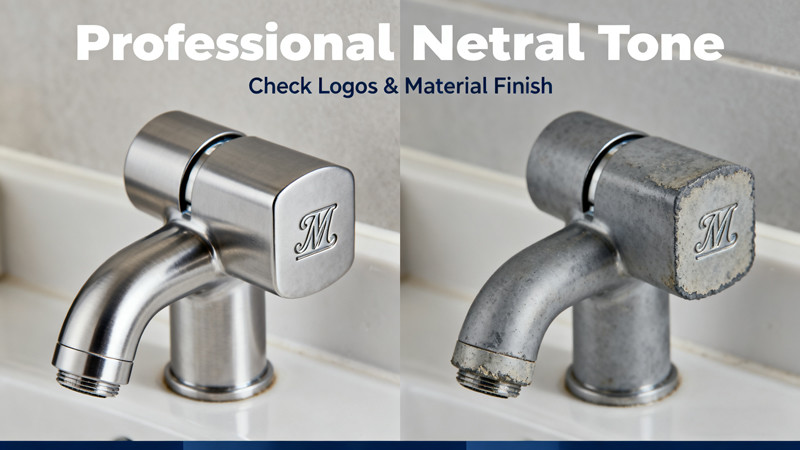
When shopping for a new faucet, most homeowners focus on design, finish, and price. Unfortunately, the market today is filled with counterfeit faucets that look just like authentic branded products but lack the quality, safety, and reliability of genuine ones. Counterfeit faucets can pose serious problems—ranging from leaks and corrosion to contamination from substandard materials. Knowing how to spot fake faucets is essential to protect your investment, your plumbing system, and even your health. Here’s a detailed guide to help you identify counterfeit faucets before they make their way into your home.
1. The Importance of Buying Genuine Faucets
Authentic faucets from reputable brands undergo strict quality control, testing, and certification to ensure they meet plumbing standards. Counterfeit versions, on the other hand, are cheaply made imitations that cut corners on materials and safety. While a fake faucet might save you money upfront, it often leads to leaks, rust, poor performance, or even harmful metal contamination in your water. Recognizing the signs of a counterfeit faucet can save you costly repairs and health risks down the line.
2. Check Packaging and Branding Carefully
One of the easiest ways to spot a counterfeit faucet is to look closely at the packaging. Genuine brands use high-quality materials for their boxes, with clear logos, consistent colors, and accurate labeling. Counterfeit packaging often looks slightly off—logos may be misaligned, fonts inconsistent, or colors dull and inaccurate. Check the spelling of the brand name and product model. Even a small typo or spacing error can signal a fake. Authentic manufacturers also include detailed manuals, warranty cards, and certification information, while counterfeit ones often include incomplete or low-quality documentation.
3. Examine the Logo and Engravings
Real faucets feature precisely engraved or laser-etched brand logos that are clean, even, and consistent across all parts. Fakes might have printed or poorly stamped markings that fade easily or appear slightly different from official branding. Some counterfeiters try to mimic the logo but alter it subtly—for example, changing a letter or spacing. If you’re unsure, compare the logo placement and style on the faucet to official images on the manufacturer’s website. Authentic logos never peel or rub off with light use.
4. Assess the Build Quality and Finish
Counterfeit faucets are usually made from inferior materials such as low-grade brass, zinc alloy, or even plastic coated with metal paint. When you handle a genuine faucet, it should feel solid and well-balanced, with a smooth finish that resists scratches and tarnish. Fake faucets may feel lighter, have uneven coating, or show rough edges and gaps between parts. Run your hand over the surface—authentic finishes like brushed nickel or chrome will feel uniform and sleek, while fakes often feel slightly gritty or cheap.
5. Inspect Internal Components
If possible, look inside the faucet’s connection points and valves. Authentic faucets use durable ceramic cartridges, stainless steel hoses, and rubber gaskets that fit tightly. Counterfeit versions often use cheap plastic parts or inferior rubber that wears out quickly. These low-quality materials can cause leaks, temperature instability, and contamination. If you see flimsy or discolored components, it’s a clear warning sign that the faucet isn’t genuine.
6. Verify Product Weight and Dimensions
Authentic faucets generally match the weight and size specifications listed by the manufacturer. Counterfeit faucets often weigh significantly less due to thinner walls and cheaper materials. Before purchasing, check the official product specifications on the brand’s website and compare them to the faucet in front of you. If the dimensions or weight seem off—even slightly—it could indicate that the faucet is not genuine. This is especially important for premium models, where even small design differences can reveal a fake.
7. Look for Certification Marks
Reputable faucet manufacturers comply with safety and quality standards such as NSF, CUPC, WaterSense, or CE certifications. These marks are typically engraved or printed clearly on the product or its packaging. Counterfeit faucets either omit these marks or use fake ones that look suspiciously different. If you’re uncertain, verify the certification number on the certifying organization’s website. A valid product listing ensures that the faucet has passed performance and safety testing.
8. Check the Seller’s Credibility
Where you buy your faucet matters just as much as the faucet itself. Always purchase from authorized dealers, brand websites, or trusted retailers. Counterfeit faucets often appear on third-party marketplaces, auction sites, or unauthorized distributors who advertise unusually low prices. If a deal seems too good to be true, it probably is. Check the seller’s reviews, ratings, and business information. A reputable dealer will have verifiable contact details, clear return policies, and official brand authorization.
9. Price as a Red Flag
Price is one of the biggest clues. Genuine faucets—especially from well-known brands—rarely sell at massive discounts. A fake faucet might cost half or even a third of the original price, but that savings comes at a cost to quality and safety. Always compare prices across multiple reputable retailers to understand the normal range. If you find a faucet priced dramatically lower, it’s worth questioning its authenticity before purchasing.
10. Request Proof of Warranty and Serial Number
Most legitimate faucet brands include a serial number, model code, and a limited warranty. These details allow you to register your product for service and replacement. Counterfeit products often lack valid serial numbers or have fake codes that don’t match any record in the manufacturer’s database. Before finalizing your purchase, ask the seller to provide the faucet’s serial number so you can verify it directly with the brand. A missing or unverifiable serial number is a strong indicator of a counterfeit item.
11. Common Signs During Installation
Even if a fake faucet passes visual inspection, problems often appear during installation. Threads may not align properly, washers might not fit snugly, and connectors could feel flimsy. Genuine faucets are engineered with precision and fit seamlessly with standard plumbing connections. If the parts seem mismatched or the faucet feels unstable after mounting, stop the installation and double-check the product’s authenticity.
12. Why Counterfeit Faucets Are Dangerous
Counterfeit faucets don’t just waste money—they can cause real damage. Poor-quality metal alloys may corrode quickly, leading to leaks or pipe contamination. Some fake faucets contain lead or other toxic metals that can leach into your drinking water. Faulty valves or seals may result in inconsistent water temperature or flow, and replacements are often unavailable since counterfeit parts aren’t supported by legitimate service channels. The short-term savings are never worth the long-term risks.
Conclusion
Identifying counterfeit faucets requires a careful eye, but the effort pays off. By examining packaging, logos, build quality, certifications, and seller reputation, you can confidently distinguish genuine products from imitations. Always buy from authorized retailers, verify serial numbers, and avoid deals that seem suspiciously cheap. A real faucet provides years of dependable performance and safety, while a fake one can cost you far more in repairs and health hazards. In today’s marketplace, knowledge is your best defense—choose wisely, and you’ll enjoy both quality and peace of mind every time you turn on the tap.
 WOWOW Faucets
WOWOW Faucets